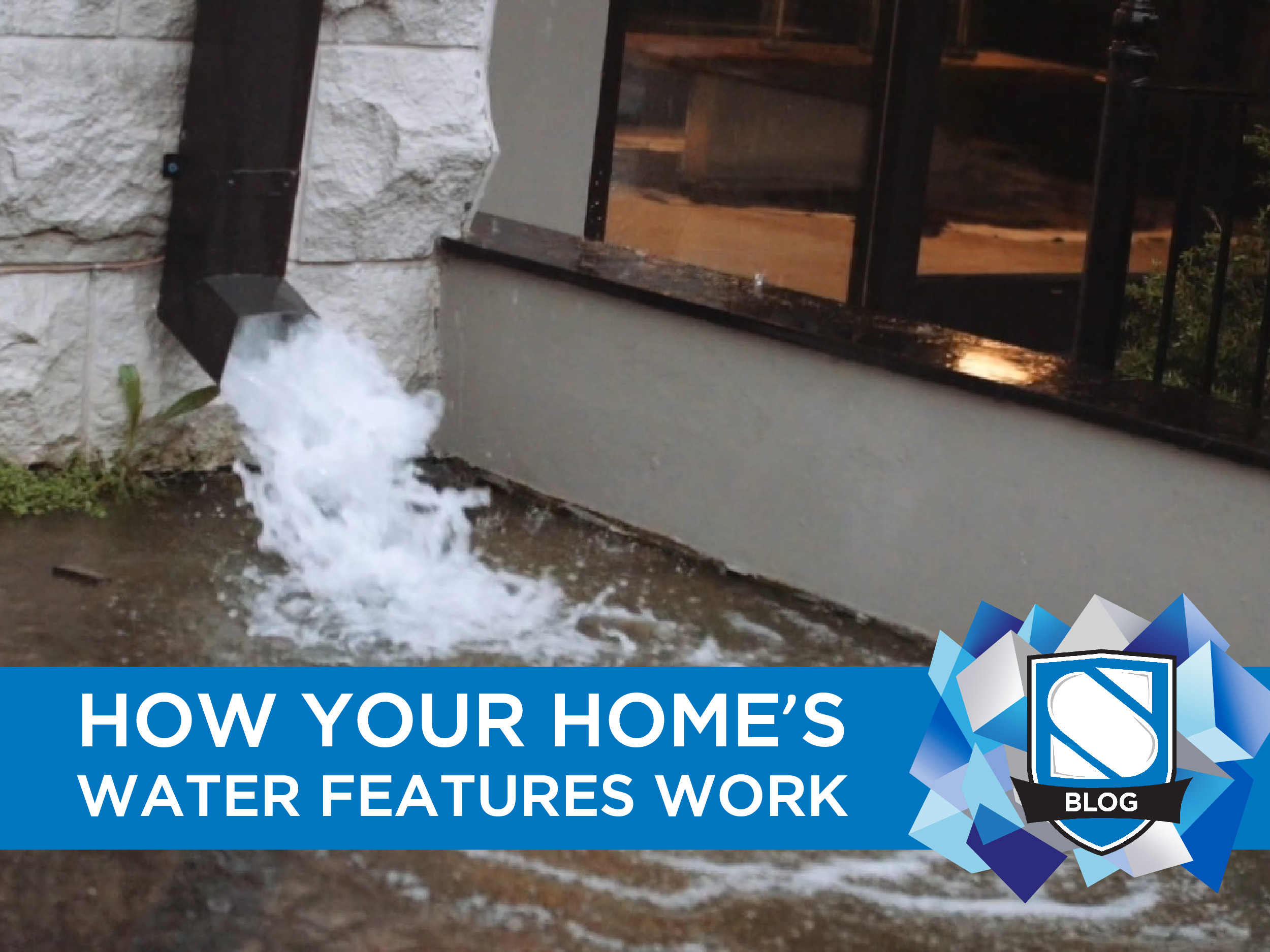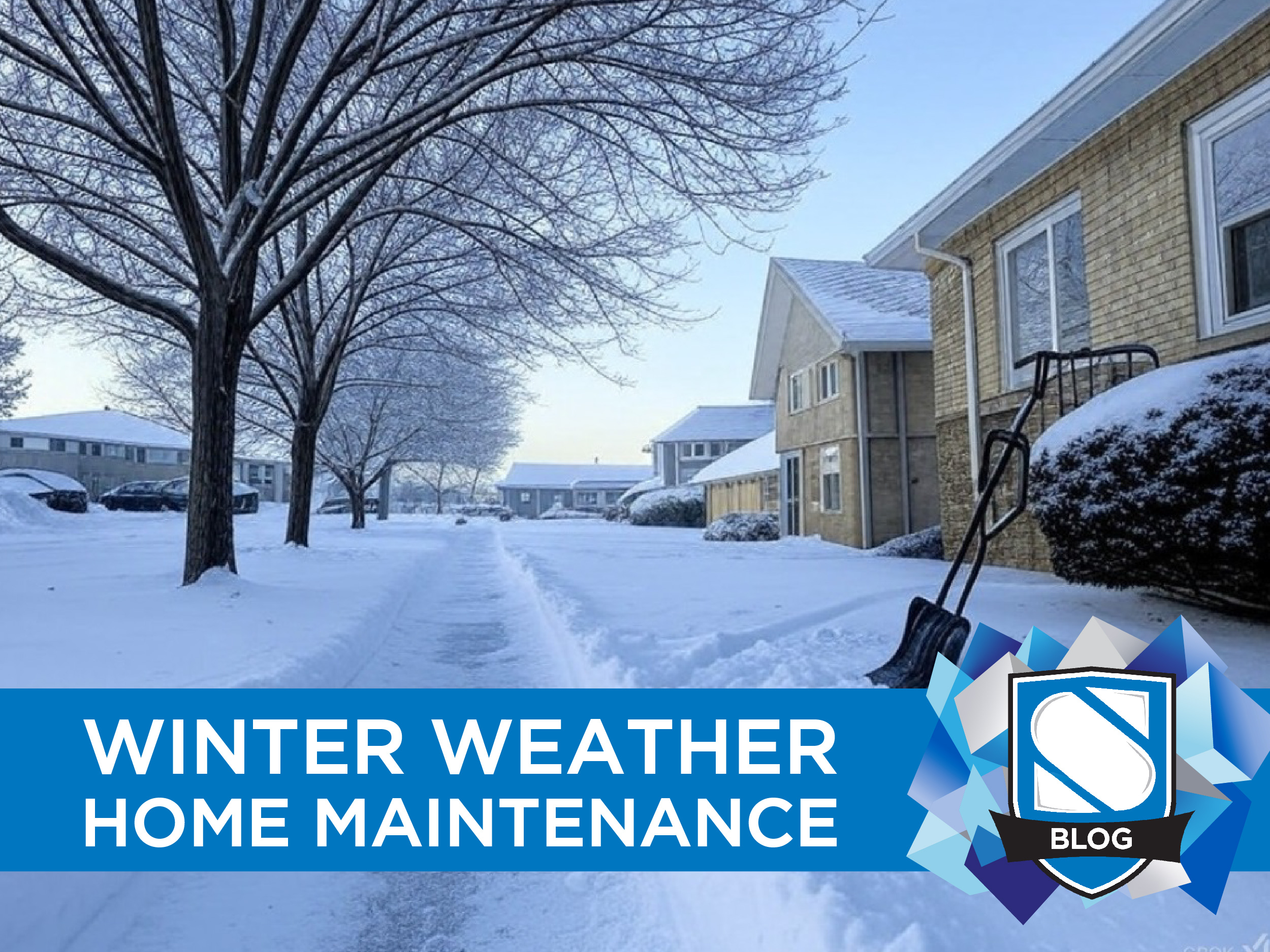The pipes are calling!
Most of us don’t spend a lot of time thinking about our plumbing system – until there is a problem that is, then it’s all we can think about. Frozen pipes are not fun. So going into the winter season, inspect your pipes to make sure they’ll keep the water where it belongs.
A good 15 minutes of effort can save you a ton of headaches. Two simple steps you can take are shutting off the valves to any outdoor hoses and flushing out your drains. A mix of half of a cup of baking soda and half of a cup of vinegar will do a great job. Drop in the mix, wait 10 minutes, and flush it with boiling water. This will reduce buildup and keep debris from gaining a foothold in your plumbing.
Check any pipes that are in unheated exterior walls, as well as basements, crawlspaces, or garages. Make sure they are properly insulated. If the insulation you have looks old and is showing signs of wear (missing chunks, spongy texture, etc), replace it. Pipe insulation is cheap and readily available in any hardware store. If a pipe seems to be in a particularly cold or vulnerable place, consider heating tape.
If you’re going to be traveling during the winter for an extended period of time (perhaps to somewhere warmer) don’t turn your heat off! Your house needs to stay at least somewhat warm to prevent pipes from freezing and other problems. It may seem obvious, but every year we hear stories of some vacationer who wanted to save on their heating bill, then coming home to a disaster.
The finishing touches
Before a blanket of snow settles over everything, there are a few lawn care precautions you should take to make sure you have a healthy and hassle free lawn come next spring.
I remember when I was young, getting the lawn “winter ready” meant raking it within an inch of its life. Nowadays there are a few different opinions out there on the natural benefits of letting leaves lie where they may over the winter season. Dead leaves can provide a natural mulch that will fertilize the soil as they break down and help suppress weeds when things start melting in the spring. It’s a very natural and earth friendly way to maintain your lawn.
If you prefer a clean look, I might still suggest raking at least some of the leaves into nearby flower beds or gardens where they’ll do some good. If you do rake everything off your lawn, throw down some fertilizer. You can also overseed your lawn if you want to make sure it grows in lush and thick.
Whatever way you decide to go, I do recommend a final mow before winter really settles in. For optimal results, don’t buzzcut the grass down to a nub, leave it at a business casual 2-and-a-half inches or so. If you cut your lawn too short it can come in patchy next year, and if you leave it too long it can be straggly. Again, a mulching mower over a decent amount of dead leaves can naturally fertilize your lawn and pay dividends.
When you’re done, make sure to store your mower properly. Empty the gas tank or add a fuel stabilizer to the tank to prevent the ethanol in the gas from thickening during storage. Brush the underside of the mower clean of any leftover grass clippings or build up to prevent rust from accumulating. If you really want to do it right, change the oil before putting the mower away for the year. Clean oil stores better at low temperatures than dirty oil and doing so will ensure a nice smooth start in the spring.














0 Comments